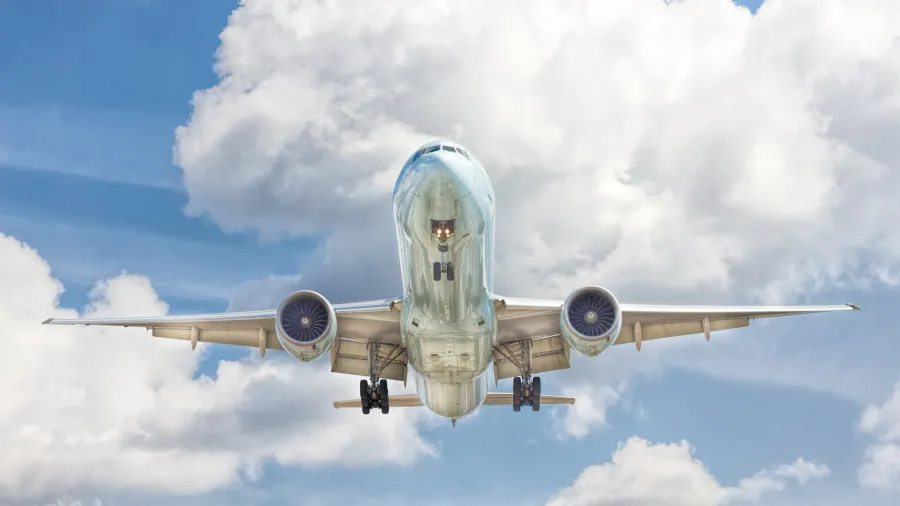
Recent aircraft turbulence spurs insurance implications
WTW tells how recent events could potentially raise the number of insurance claims.
From an insurance and risk management perspective, turbulence is well understood, and its impact is within safety tolerances, WTW said in an insight.
Claims from turbulence incidents are generally minor. However, recent events have brought turbulence back into focus, including a fatal heart attack potentially triggered by severe turbulence that sent over 20 passengers and crew to intensive care, followed by another incident injuring six passengers and six crew.
To recall, in May Singapore Airlines (SIA) flight SQ321 – which operates from London Heathrow to Singapore – diverted to Bangkok after encountering sudden extreme turbulence over Irrawaddy Basin. One passenger had been confirmed dead and not less than 30 were injured.
The exact causes of the recent turbulence incidents are not confirmed beyond being "sudden and extreme." Preliminary reports suggest the aircraft encountered developing convective activity, creating an unstable environment for flight.
Turbulence arises in three main forms: mechanical, convective, and CAT. Mechanical turbulence, caused by obstructions like mountains or large structures, occurs at low altitudes and is manageable as pilots can navigate around it.
Convective turbulence is due to vertical air currents from ground temperature changes, common on sunny days and near jet streams or tropical convection areas. CAT, occurring in clear skies at high altitudes without visual cues, is particularly challenging as it cannot be detected by conventional radar.
Pilots rely on weather forecasts and real-time updates but cannot always anticipate CAT. New technologies like LiDAR, which uses laser beams to detect air transitions, are helping reduce CAT challenges. NASA and NCAR are also developing tools to better predict and understand turbulence.
Climate change is believed to be increasing turbulence. Warming temperatures alter wind speeds, especially in the jet stream, leading to more turbulence.
Research indicates severe CAT in the North Atlantic has risen by 55% since 1979, and jet stream winds could increase by 2% per degree Celsius of warming.
For aviation, increased turbulence could affect route selection and fuel consumption, potentially raising the number of insurance claims.
Despite these concerns, modern aircraft are designed to handle turbulence, and the crew are well-trained to manage it.



















 Advertise
Advertise


